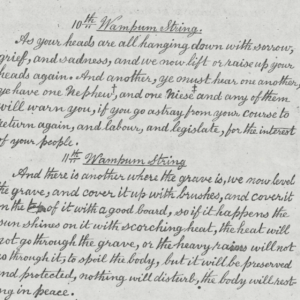
It has become an adage that there are more suicides during the Christmas holidays than any other time of year.
However according to Psychology Today regarding the Seven Greatest Myths About Suicide, that claim is “false.”
“Contrary to popular belief, the suicide rate peaks in the springtime, not the wintertime. This is probably because the rebirth that marks springtime accentuates feelings of hopelessness in those already suffering with it. In contrast, around Christmas time most people with suicidal thoughts are offered some degree of protection by the proximity of their relatives and the prospect, at least in the Northern Hemisphere, of ‘things getting better from here’.”
This statement does take away the input of the people that are missing that close proximity to relatives during the holidays, but the constant push in the media that the holidays inspire suicide is a dangerous one.
The danger arises as fact is often pushed to the side.
This can be seen in the perpetuation of certain adages; such as the belief that suicide is always an act of individual despair and not a learned behaviour — which is false. An example of the real fact can be seen from a sociological perspective of a suicide rate rising after the depiction of prominent reporting of a suicide in the media.
“In 1774 the German polymath JW Goethe (1749–1832) published a novel called The Sorrows of Young Werther in which the fictional character of Werther shoots himself following an ill-fated romance. Within no time at all, young men from all over Europe began committing suicide using exactly the same method as Werther and the book had to be banned in several places,” wrote Psychology Today in the same article.
In other words, during the holidays we are prompted by media outlets to believe facts that aren’t necessarily factual and fed news that could inspire it to become fact.
Around this time of year, it is very common to find “suicide spike” stories all over the internet and media. They are about as common as holiday baking and decorating stories and much like The Sorrows of Young Werther, can cause the rate to climb.
Of course this is unintentional, but it goes to show just how much power media outlets can hold but often forget.
So yes, it can be good to remind readers that although most people feel merry during December, it’s also normal to get depressed during the holidays and that is a wave that is shared by many. But what’s terrible and dangerous is telling people — falsely —that suicides spike around this time.
Discussing a fake, wintertime “epidemic” will and has done nothing but confuse the issue. An analysis made by the Annenberg Public Policy Centre at the University of Pennsylvania found that as recently as 2013, 70 percent of news articles on suicide perpetuated the holiday myth. Fortunately, that trend seems to be reversing but the numbers show that nearly two dozen stories are still going to be floating around that, at best, mislead the public about the true nature of suicide, and at worst, prompt people to imitate a suicide trend that doesn’t exist.
What does exist prominently however, which many of these stories do not cover or address, are the depressive episodes brought about by memories that can no longer be made.
The depression that tends to arise during the holidays can be brought about by the loss of a loved one that can no longer be a part of the familial bonding the holidays bring about. The memories and feelings can be brought up in holiday activities and that can include old pain, new lows, deep loneliness and sadness.
Thus, it would be a thousand times better for media outlets to take to writing articles that help readers navigate through dealing with wintertime depression rather than perpetuate an epidemic that does not statistically exist.






